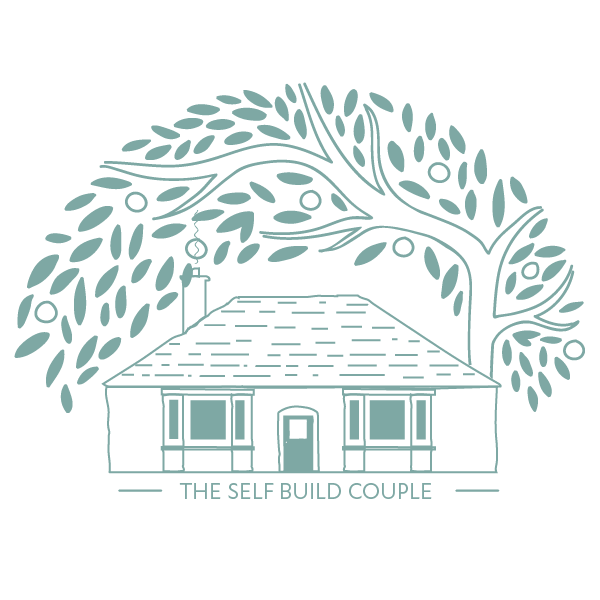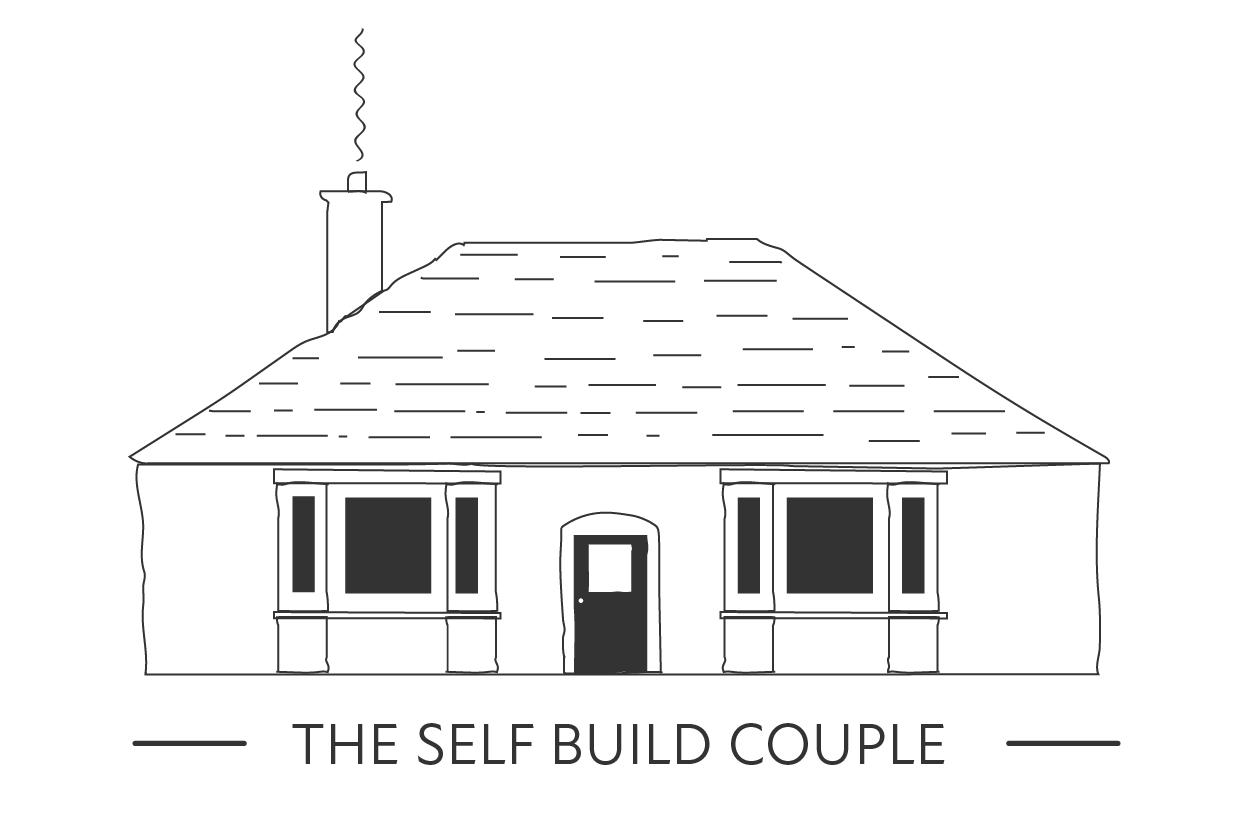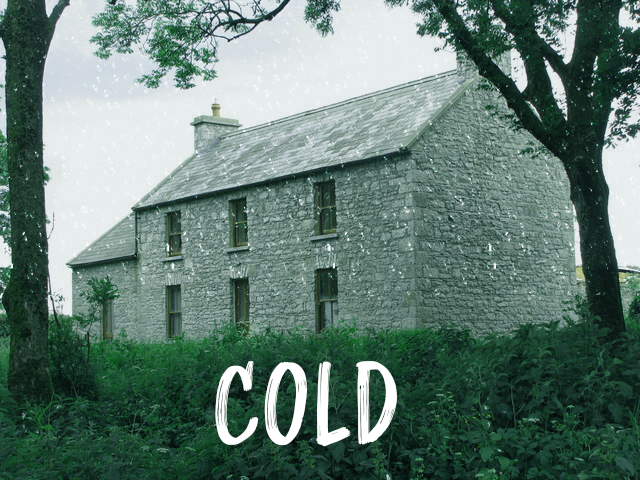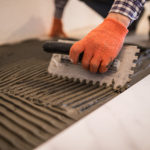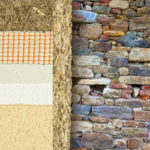Have you ever stayed in an unheated stone house during winter? If yes, then the chances are high that it was an unforgettable experience – it might have actually felt like it’s colder inside than it was outside!
This happens because stone houses have a great thermal mass. The material is also an amazing conductor which makes it easy for stone to lose its precious heat in the winter.
However, if you find an effective way to heat the stone house and if you make sure that the building is well-insulated, then you’ll be able to enjoy warm temperatures for much longer (and at a lower cost). Stone walls can trap and insulate the heat, and this is what makes the building stay warm for a few days straight.
What is the most effective way to heat a stone house? Do such buildings require additional insulation or is stone an amazing insulation material on its own? You’ll find all the answers below!
Are Stone Houses Cold During the Winter?
If you leave the house unheated, then yes, it is going to be cold during the winter. However, if you manage to find an effective way to heat the building, the stone will help retain the heat for longer.
Stone is a great insulator, but it won’t be able to keep the heat inside in extremely cold conditions. As soon as temperatures drop into the minus, the building will gradually become cold.
Are Stone Houses Hard to Heat?
Stone houses usually take much longer to warm up simply because stone needs a bit more time to heat up.
However, once you manage to make your house nice and toasty, it will stay like that for longer because stone walls are great at trapping and insulating heat.
Constant heating, for example, will heat the whole building. And because the walls have such a huge mass, they will be able to hold a great amount of heat and, consequently, stay warm for days.
How Do You Heat a Stone House?
The choice of the heating system certainly does depend on personal preferences.
- A fireplace looks lovely and can heat up the room in no time. If you have prefabricated metal fireplaces in a few rooms throughout the house that are all connected to one chimney, then you shouldn’t ever feel cold.
- A central furnace is a convenient heating option. However, unless you have an extremely thick stone wall, you would have to add more insulation to the house to make sure that the heat stays inside. Check out this article on insulating your stone home.
- A central heating system such as underfloor heating or raditor. Some systems allows you to independently control the temperature in different rooms, so you wouldn’t have to waste as much energy.
- Electric heaters are a good choice for homeowners who need to heat up a small space. Check out the heater we use here.
For more on how to heat your stone house visit here.
Benefits of Stone House
Even though stone buildings have been around since ancient times, they have still retained the majority of their benefits.
Stone, as a material, is:
- Durable
- Mould-resistant
- Fire-resistant
- Has good soundproofing properties
Stone houses are also very low-maintenance – there is no painting or oiling involved and it is practically impossible to cause damage to the material.
Stone is naturally-beautiful. You’ll be able to choose from a wide range of shapes and colours; moreover, the material is available in most regions.
Stone is a non-toxic material – you wouldn’t have to worry about any chemicals or VOCs. By the way, the production of stone doesn’t require too much energy which makes it a relatively eco-friendly material, when compared to other options.
Even though stone is finite, it is reusable and globally available.
Do Stone Houses Keep Cool During Summer?
Yes, generally, stone houses feel much cooler in the summer.
However, mainly the people who live in the areas where temperatures significantly fluctuate from day to night will be able to benefit from this ‘feature’.
As the sun rises in the morning, its rays touch the outside of the stone building. The heat begins to slowly penetrate the thick wall, but it manages to reach the inside of the house only when the sun starts setting.
As a result, you get a cool home during the day and a warm house at night.
Do bear in mind that if the temperatures in your area don’t drastically drop at night, the cooling effect might never occur.
Negatives of Stone House
You already know that it is going to take quite some time for your stone house to warm up. However, that’s not exactly a disadvantage because the building will be able to maintain the heat for days.
Stone houses are also relatively challenging to repair. And if you ever decide to change something in your house’s appearance that will be more difficult and time-consuming than if the building was made out of another material.
Bear in mind that it is, in general, much more expensive to build a stone house and a lot harder to find an experienced contractor or decent stonemason. Moreover, the whole construction will take plenty of time as stone requires special care and precision when setting.
However, the biggest downside of a house made out of stone is humidity and breathability.
Are Stone Houses Damp?
A lot of stone buildings (especially, the older ones) have damp-related problems.
This happens because:
- There are defects on the outside of the building and dampness is able to penetrate the walls.
- The moisture is coming up from the ground below the building.
- The property lacks insulation which, in its turn, causes warm air to condensate on the cold walls. Condensation can also be caused by a lack of proper airflow.
When building a new stone house, all these factors have to be taken into consideration. If a highly experienced professional is taking care of the job, there shouldn’t be any major humidity issues in the future.
For the stone homes that have already been built, there are a few things that you can do to cope with the problem:
- If you need to reduce condensation, try to remove the moisture from the air. Regularly open the doors and windows, install extractor fans, try to avoid drying clothes indoors, and consider getting a dehumidifier.
- To get rid of condensation, you can also improve your house’s insulation. It can be added internally by dotting and dabbing insulation boards onto the wall and by using timber battens to fix the boards.
- Fix any external defects, if penetrating damp is the issue. The defects can include cracked stonework, damaged pointing, issues with the chimney and roof, and so on.
Is a Stone House Well Insulated?
Depending on the type and the thickness of a stone wall, it can have an insulation value anywhere between R-20 and R-40.
Stone has a high mass per unit volume and air pockets within the wall. Moreover, some types are able to absorb and, later on, radiate heat.
But that does not mean that a stone house is not going to need any additional insulation. Because of the fact that stone is a wonderful conductor, it can end up losing too much heat in the winter.
Tip: a lot of heat can escape through traditional timber frame single glazed windows and doors. That’s why you should opt for more energy-efficient windows.
Check out our post on how to heat your stone home by clicking here.
Stone has a great thermal mass. But in order to be able to use this fact to your advantage during winter, you should insulate the building.
Using breathable materials such as sheep wool, Hemp or lime plaster. You can also insulate the outside of the house instead.
Tip: drafts won’t be able to travel through stone walls due to the material’s dense structure and lime pointing.
For more on heating your stone home click here.
For more on how to insulate your stone home click here.
